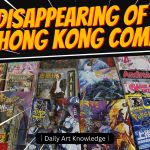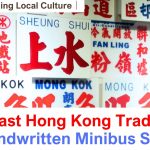
Hong Kong comics have a long history. Dating back to the early 20th century, Hong Kong’s comic culture was primarily influenced by Japan, China, Taiwan, and other places. With the evolution of the times, Hong Kong comics gradually formed their own style and became a part of the local culture.
In the 1970s, also the golden age of Hong Kong Comics, many classic comic works were published, such as “Dae Jang Geum” and “Meteor,Butterfly And a Sword”, which were deeply loved by readers.
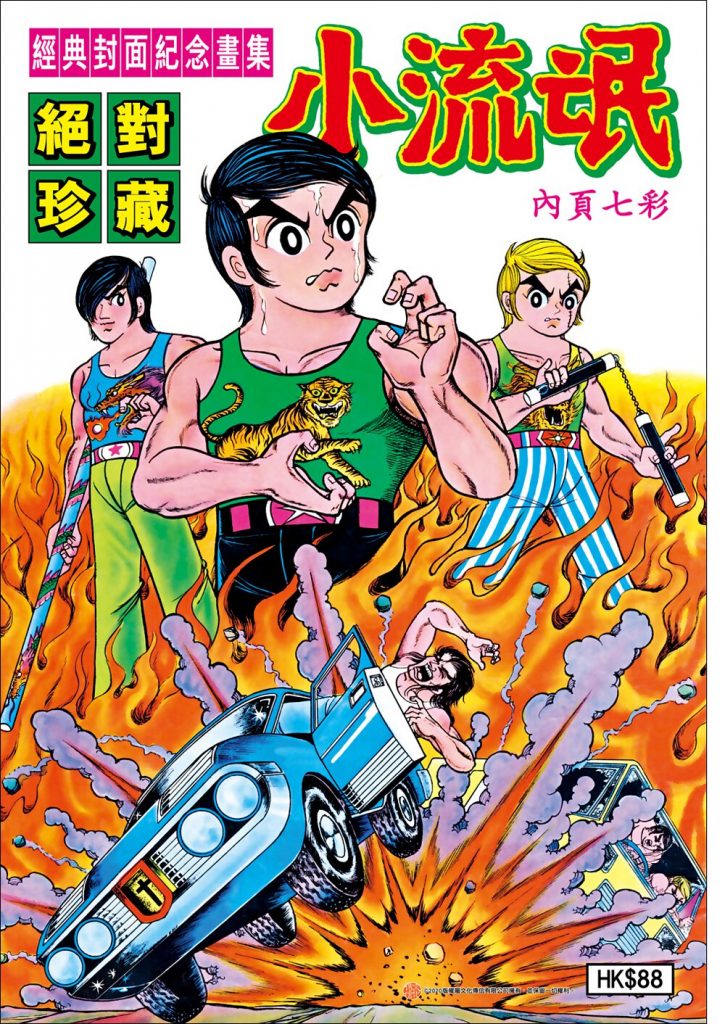
The history of Hong Kong comics can be traced back to the late Qing Dynasty. Mr He Jianshi from Nanhai, Guangdong, was a pioneer of Hong Kong comics. It was not until 1934 that Hong Kong comics began to flourish again. In the early 1940s, many mainland comic artists fleet to Hong Kong and established the “Hong Kong Branch of the National Cartoonists Association”, which hosted the first comic exhibition in Hong Kong. From the post-war period to the mid-1950s, Hong Kong comics once again fell silent, until the bimonthly “Comic World” was published in 1959, which once again ignited the enthusiasm of the Hong Kong comic industry.
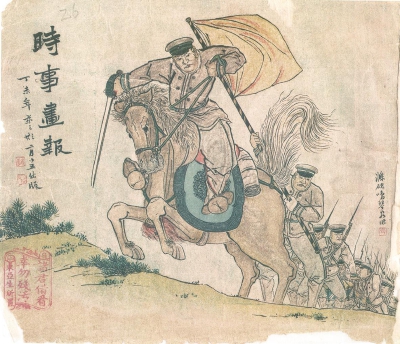
In the 70s, Hong Kong comics began to develop serialized comic newspapers and magazines, attracting many ambitious young people to join. The works of Wong Yuk-long and Shangguan Xiaobao sparked the kung fu fever in HKm, becoming the mainstream theme of HKm, and creating a golden period of more than 20 years for HKm. Among them, triad kung fu comics dominated, with Wong Yuk-long’s “The Little Rascal” and Shangguan Xiaobao’s “Bruce Lee” taking the lead. Wong Sze Ma’s “Cowboy” comic was one of the few refreshing small pieces.
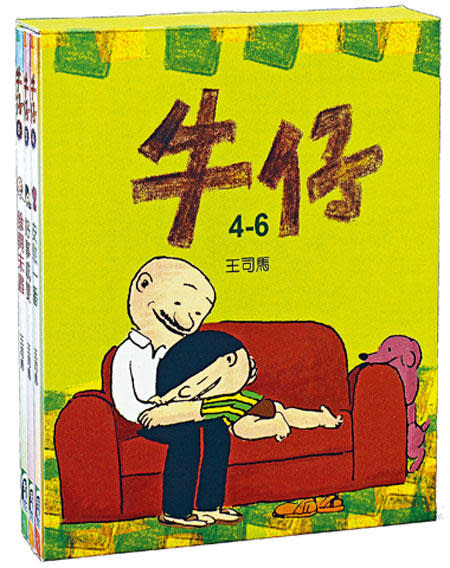
In the 80s, Hong Kong comics reached its peak. Wong Yuk-long monopolized the publication of Hong Kong comic books and divided the production of comics into an assembly-line operation to manage the quality of the comics, reduce the risk of missed deadlines, and facilitate the cultivation of readers’ regular buying habits. The highest-selling “Chinese Hero” could reach a staggering record of 200,000 copies per issue, while the closely following “Dragon and Tiger Gate”, “Drunken Fist”, and “The Buddha’s Palm” each sold 70,000 to 80,000 copies per issue. HKm reached its peak. At that time, the HKm reader base reached 500,000 people, it was one of the main entertainments of Hong Kong’s youth, on par with famous American and Japanese comics, it was one of the world’s largest comic export places, and along with TV dramas and pop songs, it was a major entertainment for the public.
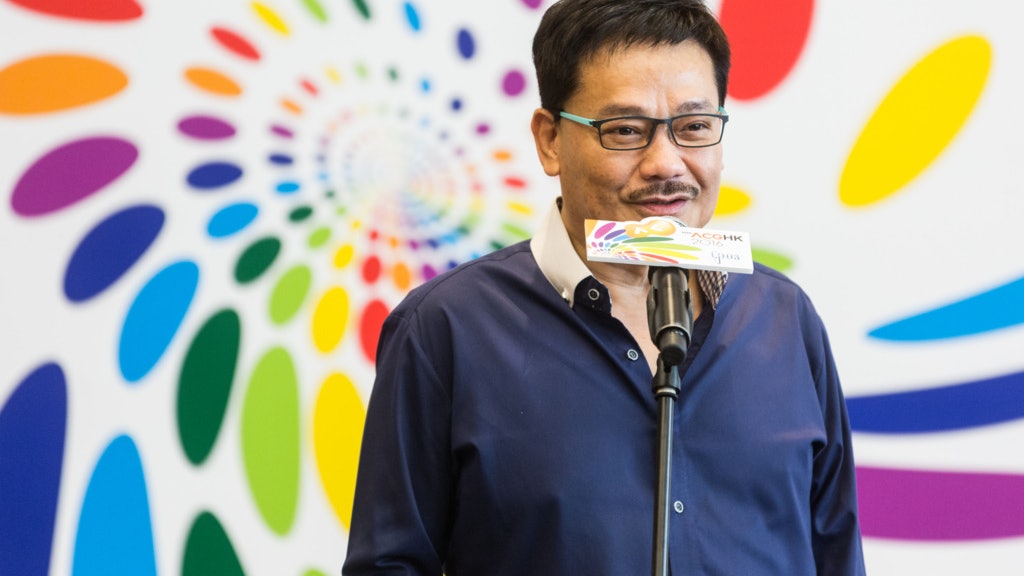
With the rise of the Internet in the late 90s, people could appreciate foreign comics from the web, and play online games without spending money to obtain information, so many people gave up watching Hong Kong comics, which severely affected the sales of the Hong Kong comic industry. In addition, the narrow themes of Hong Kong comics, focusing on martial arts and Wuxia, made readers feel bored and monotonous, so they chose to watch foreign comics with more diverse themes.
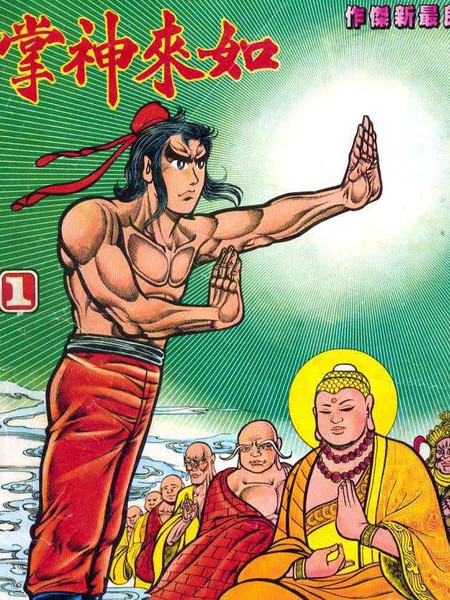
In general, Hong Kong comics have gone through decades of development and changes, experiencing from the golden age to the current winter period, but comics are still an indispensable part of Hong Kong culture.
Source from Internet. If there is any infringement, we will delete immediately.
